I have often wondered what they feed thoroughbred race horses with. I bet it isn’t carrot tops and potato peelings, that’s 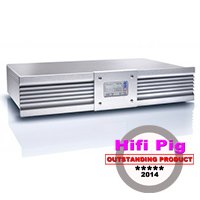 for sure. Nor would I imagine they fuel Formula 1 racing cars with petrol from the local
for sure. Nor would I imagine they fuel Formula 1 racing cars with petrol from the local
supermarket either. The same goes for Hi-Fi systems; feed them on a poor mains supply and they are not going to run at their optimum performance.
What does a “mains conditioner” do then? In simple terms it gives the electricity supply a jolly good tidy and smarten up, taking out surges, spikes and fluctuations, removing noise and induced radio frequencies, neutralising them so they don’t enter your Hi-Fi components. “I don’t have any of that” some may say, but you would be truly shocked just how much the electricity supply various in voltage and sometimes frequency too, plus these days the National Grid is being used for digital data transfer, not forgetting either that many home broadband systems operate via the mains in the house wiring, not confined either solely to the house itself that has it installed, because some will leak back into the supply lines. Thermostats and motors found in fridges, washing machines and central heating controls are notorious for causing unwanted clicks and whirring which can be clearly audible through a Hi-Fi system. If you live near an industrial estate or a farm you might get all sorts of nasty artefacts reflected back into the mains supply. Add to that some DC offset where direct current voltages appear within the AC waveform, imbalances where either the positive or negative cycles are curtailed (this happened in my previous house) and as you can see, a mains conditioner clearly has it’s work cut out standing sentinel over what can be transported inwards via the mains supply. Therefore I don’t regard a mains conditioner as an accessory or a luxury, I regard it as essential and hence have had one in my own system for a number of years and wouldn’t be without one now.
However, I have also heard some mains conditioners in the past that managed to squeeze the life out of the music and suppress dynamics to a marked degree, so I will be paying particular attention towards that trait during the evaluation.
Construction
Built into a substantial case, this is a solid piece of engineering. Measuring 444x85x305mm and weighing in at 9kg it is the right size to slot into a standard sized rack. When powered it has just two small faint blue LEDs in the central backlit panel which are not distracting, so it’s rather nice having a power indicator lamp telling you it’s switched on, rather than TELLING you it’s switched on with a glaring light – a nice touch. The power switch and safety cutout is underneath the chassis just off centre to the front right. It is a bit of a fumble getting your fingers in beneath the case to locate the switch, but given that the unit should b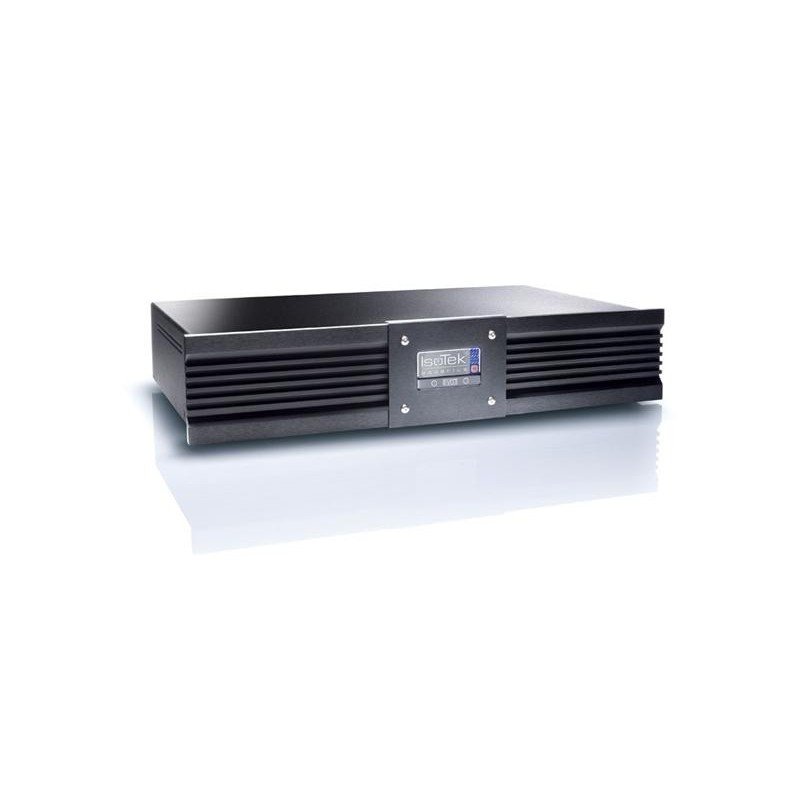 e permanently powered up then it isn’t such a major issue for the rare times you may need to reach underneath for it.
e permanently powered up then it isn’t such a major issue for the rare times you may need to reach underneath for it.
On the rear of the unit is six 3 pin UK mains sockets, two of which are deemed high power outlets for use with components such as amplifiers and power amplifiers that can deliver 3,680 watts continuously per socket and the remaining four are for lower current draw units like CD players, DACs and phono stages, etc., able to supply 1,150 watts continuously per socket. The sockets are of good quality and grip the plugs well. IsoTek say that each individual socket is monitored for power consumption and are isolated from each other so a heavy current demand on one socket will not detriment the others.
Power inlet is by a 3 pole 20 amp C-19 IEC connector. IsoTek thoughtfully provide a power cable suitable for the role with the Aquarius and it isn’t just any old power cable of indeterminate or generic parentage plonked into the box, it is one of their own products, namely an Evo 3 Premier. As it is included as part of the Aquarius package I will give a brief description of it here and Hifi Pig’s own Jerry did in fact carry out a brief review of this cable back in December of 2013.
The Evo 3 Premier is only supplied as a 1.5 metre length, which should be more than adequate to fit the majority of installations. Conductor material is 40 strands of 99.9999% OFC silver-plated conductors with Teflon (FEP) dielectric with a 2mm2 diameter. Connectors are custom made 24 carat gold plated and to IsoTek’s own design, which is a refreshing change from the norm.
Retail price of the IsoTek Aquarius Evo3 as detailed here is circa £1,200.00.
Sound Quality
Or rather, how it doesn’t sound. The sound quality heard through my Hi-Fi system wasn’t directly attributable to the IsoTek Aquarius itself, more the profound effect it had on the performance of the other components attached to it and allowing them to work unhindered by mains borne pollution. Because of that the “Sound Quality” rating I have given at the end of the review is only a notional figure, as it should be by rights much higher if it was a standalone sound producing component, as opposed to affecting other components in the chain as mains conditioners are wont to do. Even so, it is still given a 9.1 out of 10 rating, a more than respectable scoring nonetheless, given the context of it’s function.
The Aquarius was tried with 3 different amplifiers; a valve amplifier, an all digital amplifier and a conventional transistor output amplifier, plus two CD players too, so all of them benefited immensely from the cleaned up mains supply it provided, so practically any device should derive gains from using the conditioner in the system.
Background became totally silent, with not even the tiniest amount of hiss when the amplifier’s volume was cranked up to maximum, whereas it was there before the Aquarius was introduced. I heard no hums or buzzes either.
Of course, part of my brief was to analyse whether or not the Aquarius was compressing any of the dynamics and I would be paying particularly close attention to that, given my previous experience with other mains conditioners. Pleased to report that I couldn’t detect any compression effects at all, in fact the system was even more dynamic than hitherto without the Aquarius being installed and never once felt that it was running out of available power at any time.
The sound just opened up and flowed with absolute ease from the speakers, fine details had acquired a polished refinement, presented in an endless stream of new found details, so it was no effort at all to hear all of the tiny nuances in the recording without having to strain to hear them. Bass too acquired a palpable firmness and solidity without any trace of boom or overhang at all. Drums and bass were immense in scale yet under perfect control at all times. Of particular note however was the sound stage and imaging which really was holographic in every sense of the word and it was effortless in placing musicians and instruments into fixed points in space with an ethereal quality to them, being surrounded and enveloped by an inky blackness. In short, I believe the IsoTek Aquarius simply unshackled my system and let it do what it does best, with the benefit of having what the Aquarius doing what it does best, forming a perfect symbiotic partnership.
Conclusion
So, would you feed that thoroughbred race horse with carrot tops and potato peelings? Would you fill up a Formula 1 car with supermarket petrol? No you wouldn’t answer ‘yes’ to either of those questions and the same goes too for your Hi-Fi system with the mains quality you feed it.
I will say it again so there is no doubt, I believe a mains conditioner is an essential component and provided the conditioner you choose doesn’t compress or curtail the dynamics and lets the music flow out your system without any hiss, hash, mush, or extraneous noise in effortless and untroubled ease, then the outlay is worthwhile in sound quality gains. On that basis, the IsoTek Aquarius Evo3 easily meets all of those important performance criteria and I am convinced that IsoTek have also sprinkled some “Ingredient X” in there as well, because it performed for me way better than I had expected it to, comfortably beating my long term resident mains conditioner with aplomb.
Therefore I give the IsoTek Aquarius Evo3 mains conditioner an unequivocal recommendation.
Build quality: 8.9/10
Sound quality: 9.3/10
Value for money: 9.1/10
Overall: 9.1/10
Recommended for: Any Hi-Fi system, enabling it to perform at it’s best.
Dominic Marsh
As is customary with Hifi Pig, whenever a product scores 8.5 or more then a second review is called for, so after Dominic’s scoring ratings, it was handed over to Dan for him to conduct the follow up review.
I’ve had many mains products in my time, ranging from simple basic to more complex filters and conditioners, regenerators, balanced power transformers and isolation transformers.
What I look for in a mains routing system is a unit that imposes no sonic signature on the sound and simply allows the equipment to work closer to its full potential. The Aquarius is a product that gets a tick from me.
The unit is extremely well made, has a substantial aluminium case and great looks to match. Available in various socket output types it will cater for all, regardless of plug choice or country of origin.
In the box, accompanied with the unit is an EVO3 Premier mains cable with gold plugs, an extremely welcome addition over a stock throw away cable which comes with most units regardless of price.
I ordinarily use Schuko sockets so a quick change over to some MS HD Power plugs and the Aquarius was easily swapped into my system and fired up ready to go.
My initial take on the sound was very pleasant and music seemed to be able to breathe very well indeed giving a spacious and 3D soundstage with a black background listened for an hour or so until I had other things to take care of that day and appreciating and anticipating an even better result from the unit later that evening once it had the time to settle in and warm up etc.
Later that evening I returned to the music and played some acoustic material I was very familiar with. I can’t really say that I felt the sound was much better than earlier the same day. The sound was spacious and engaging, the soundstage was definitely carved out from the black background and a sense of effortless prowess was a stand out feature of the Aquarius in my system, easily giving the impression that the unit was allowing my equipment to work more efficiently.
Imagine a calmness over the sound that can be definite, solid, bass confident and delicate and you are on the right track to understanding how the Aquarius works in the system.
Listening to vocals, especially female vocals triggered my brain to note that the upper midrange was less forced than using a direct wall or simple mains extension to power the system and other cheaper filter type units which generally always have a sense of compression or squeezed dampening of the dynamics, contrasted very to the Aquarius’ sonic appeal.
The dynamic range obtained with the equipment being fed by the Aquarius was very exciting, dramatic and enthusiastic. Orchestral movements had vigour and explosive expression, Electronica was very beat driven with slam and subtle more intricate dynamics of delicate acoustic work was sublime.
It was easy to be seduced with what the Aquarius was achieving in the system and when the review was discussed with Keith Martin GM at Isotek, we discussed sending an extra power cable that could be seen as an upgrade to the already included Premier. Keith suggested we take a look at and a listen to the EVO3 Optimum with a Furutech 1363 (G) and Isotek’s own copper 24ct Gold plated Furutech style IEC connector.
Plugging the Optimum into the system wasn’t a revelation but it was for sure a strong upgrade that was easily discernible over the Premier. Where the Aquarius allowed the equipment to work at a greater potential, the Optimum allowed the Aquarius to work at a better potential. Was there a different characteristic to the sound? Yes, there wasn’t a different tonality or sonic signature but there was definitely a better characteristic. The most standout addition to the overall sound field for me was an increased openness in the midrange, vocals had better projection and were a little smoother and controlled, allowing male vocals to be more masculine and female vocals to command more power and delicacy.
Bass notes also gained a degree of stability and shape, mellowing the upper bass to come through with a little more detail, giving a perception of more strength to the undertones of the midband. Treble remained much the same yet had an addition of smaller micro details being a little more easily depicted especially when the music got busier. The Optimum isn’t cheap but it’s combination with the Aquarius did allow for a further improvement to the overall feel and dimension of the sound.
Conclusion
The Aquarius is a strongly made unit which offers all the benefits of a shelf sat extension block in a sleek looking package. But that doesn’t mean anything if it’s performance isn’t strong.
The Aquarius offer no sonic signature of its own, simply put it will allow the system components to work much more towards their full potential, allowing for better sound staging a quieter background and more ease, control and strength to the overall sound.
The included EVO3 Premier power cable is a fantastic touch and works incredibly well with the unit. Adding a better mains cable though such as the EVO3 Optimum as tested in the review will rep further benefits again.
Build Quality – 8.7/10
Sound Quality – 8.9/10
Value For Money – 8.8/10
Overall – 8.8/10
Recommended for an ability to enhance the overall performance of a system without imposing on the equipment’s sonic signature.
Dan Worth
























































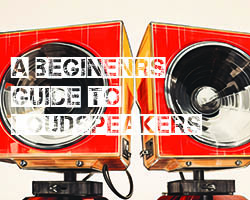
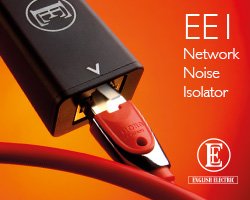

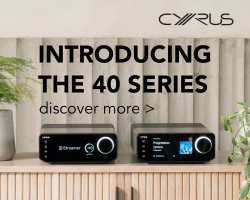
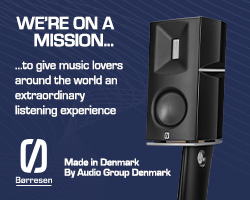

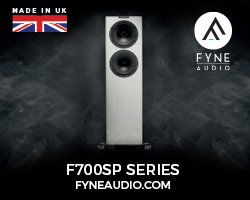
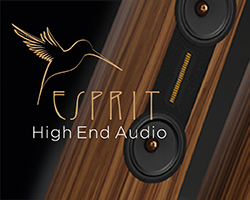

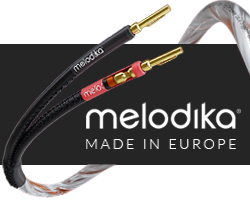


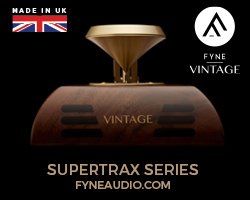
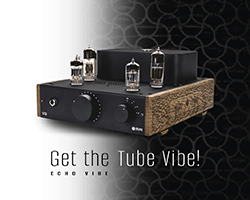


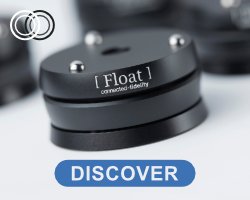
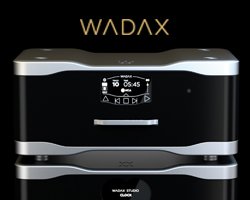

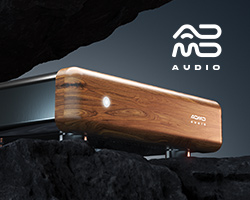

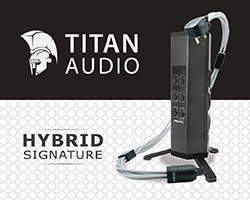


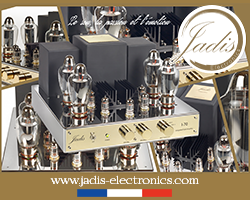
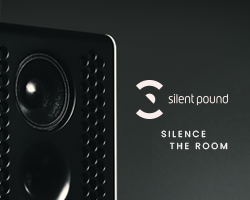

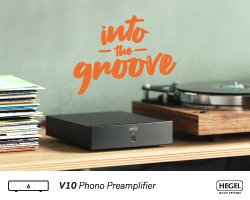
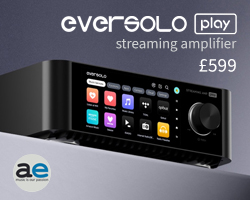
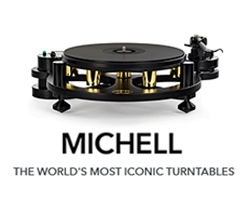

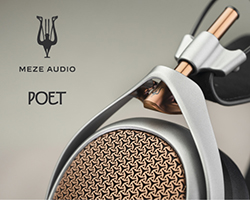

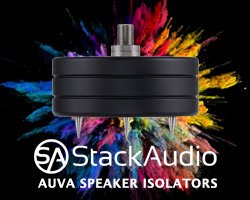



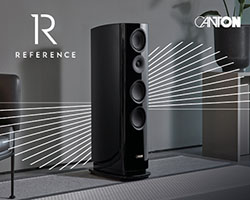


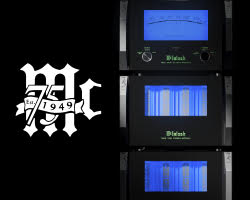

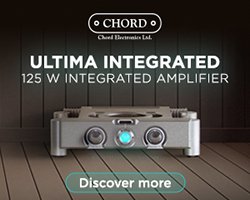
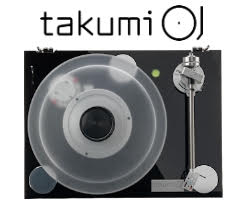
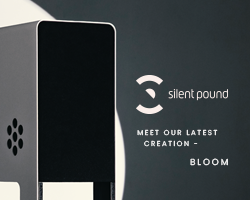
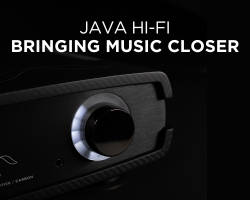


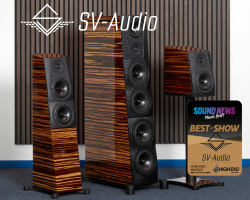

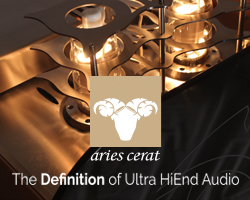

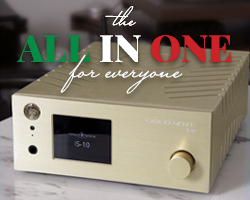



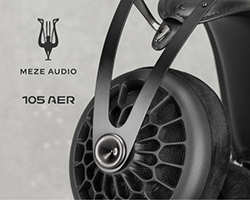
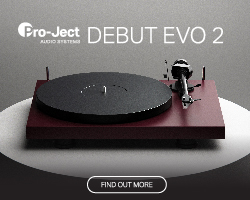
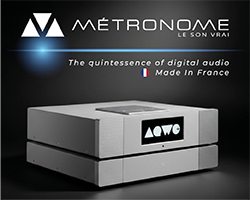
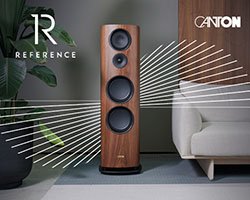

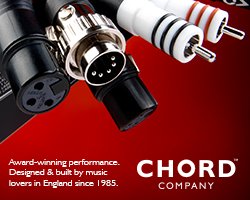


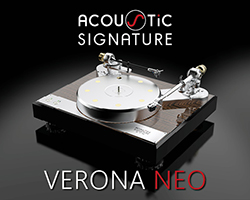

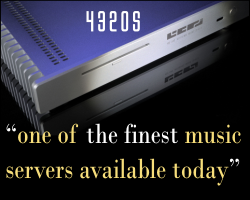
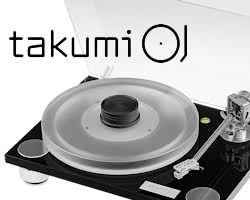
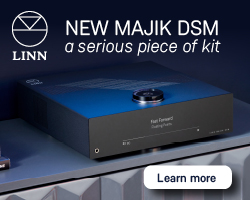




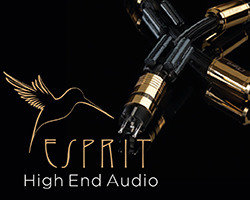
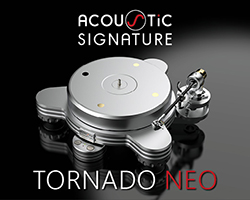

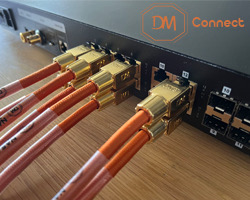
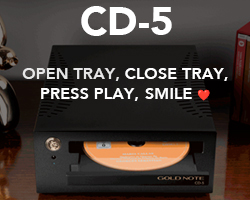
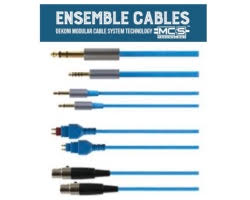
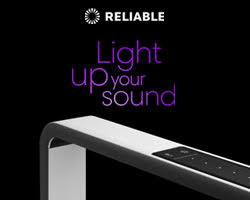
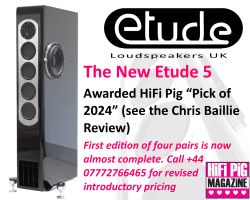

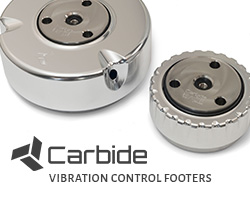
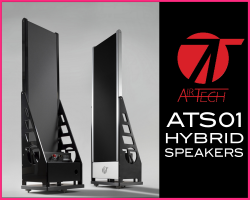
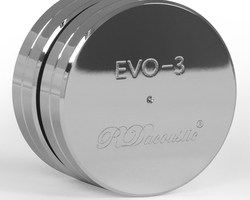
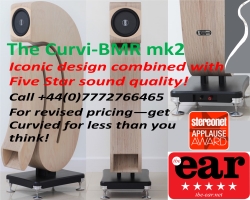

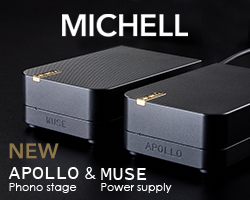
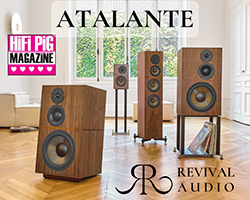

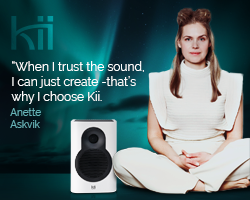
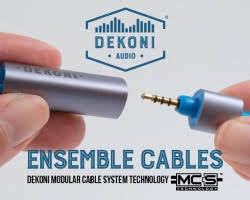

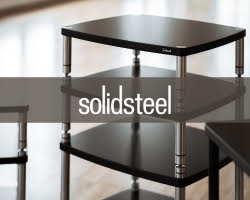
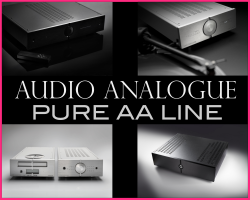
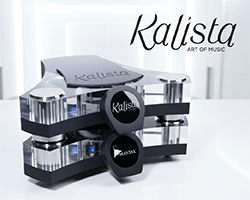
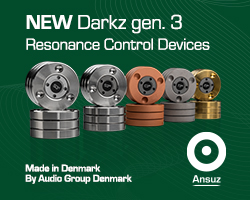
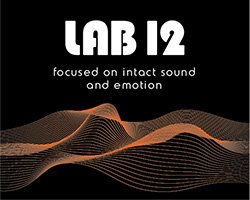
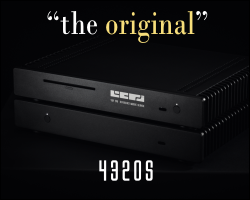





















































You must be logged in to leave a reply.